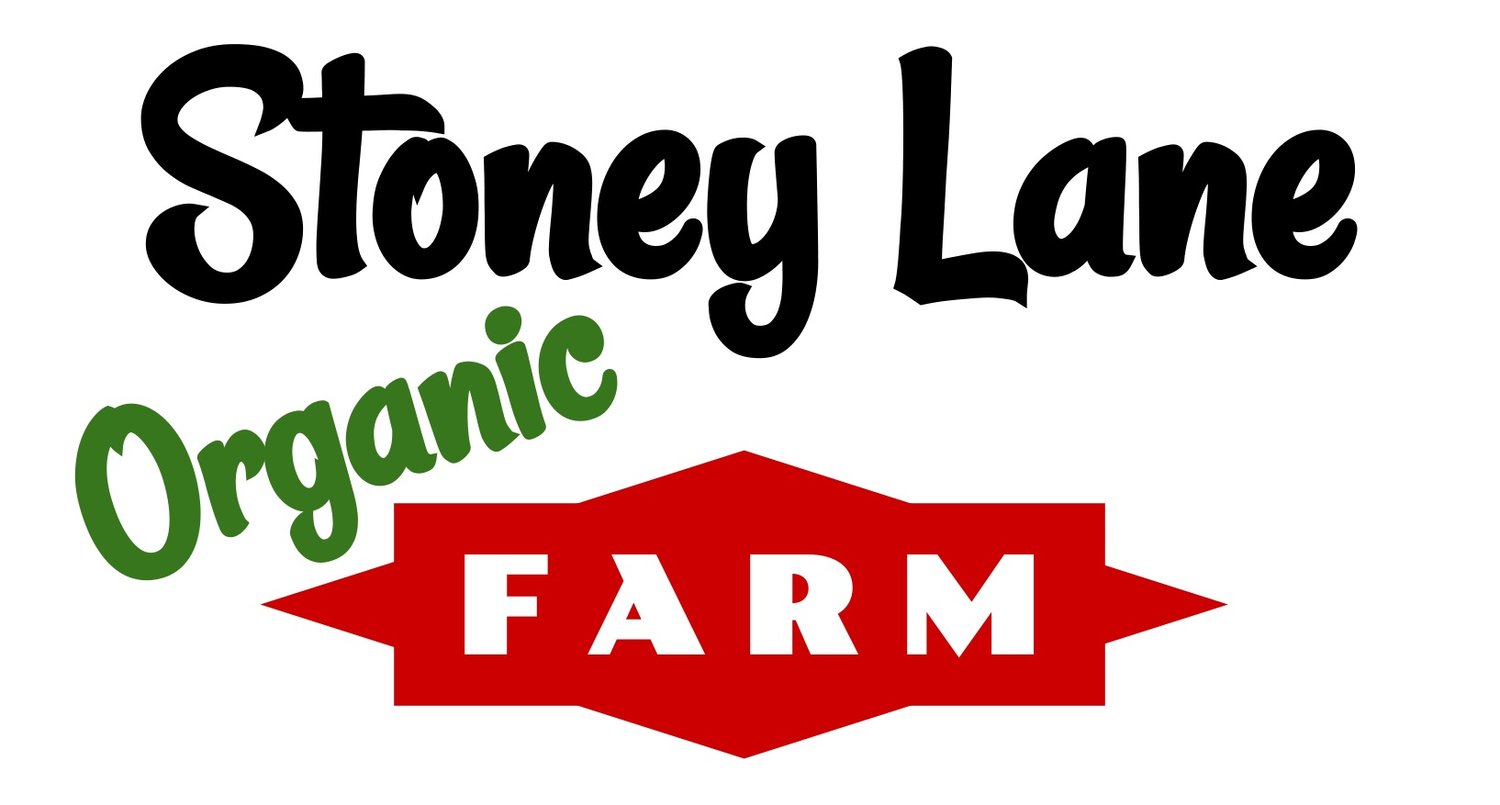A healthy plant is the result of healthy soil.
Cover Cropping: We try not to have any bare soil to avoid erosion and provide nutrients through organic matter. To do this we use cover cropping with rye, winter wheat, barley, red clover, and green aisles between plants.
Crop Rotation: Meticulous thought goes into rotating a diversity of crops to avoid pest and weed pressure, fungal and bacterial diseases, and nutrient deficiencies.
Compost Applications: Each season we apply compost from the farm and mineral amendments to our soil.
Fallowing: When necessary, we try to give each field a rest. This allows the land to recover and disrupts pest lifecycles and pathogens.
Tillage: We avoid deep disruption of our soil multiple times a year by reducing the amount of time we are in the fields and plan the times we are according to weather.
Pest Control: We use floating row covers and crop rotation as our first step against pest. If this pest prevention does not work, we will use all-natural pesticides like neem oil, BT, and DE.
Healthy Transplants: Using good quality seed and creating the ideal growing conditions for each transplant’s lifecycle is key to high yields. The crops will be stronger and healthier which helps them withstand droughts and pest pressure.
Learn more about composting at home from the United States Environmental Protection Agency.
If you don’t have the ability to compost at home check out your state website for compost facilities near you:



